Advancements in Material Science
The ongoing advancements in material science are significantly influencing the Nanomechanical Testing Market. Researchers are continuously exploring new materials with unique properties, such as graphene and carbon nanotubes, which require specialized testing methods to evaluate their mechanical characteristics. The increasing focus on developing high-performance materials for applications in aerospace, automotive, and electronics sectors is propelling the demand for nanomechanical testing. According to recent estimates, the market for advanced materials is expected to reach USD 100 billion by 2026, further underscoring the necessity for precise testing methodologies. As these materials become more prevalent, the need for reliable nanomechanical testing solutions will likely expand, driving innovation and investment in this sector.
Rising Demand for Miniaturization
The trend towards miniaturization in various industries is driving the Nanomechanical Testing Market. As devices become smaller, the need for precise mechanical properties at the nanoscale increases. This demand is particularly evident in sectors such as electronics and biomedical engineering, where components must meet stringent performance criteria. The market for nanomechanical testing is projected to grow at a compound annual growth rate of approximately 10% over the next five years, reflecting the increasing reliance on nanoscale materials. Manufacturers are investing in advanced testing technologies to ensure that their products can withstand the rigors of miniaturization, thereby enhancing the overall reliability and performance of their offerings. This trend not only supports innovation but also fosters competition among companies striving to develop cutting-edge nanomechanical testing solutions.
Emerging Applications in Nanotechnology
The emergence of new applications in nanotechnology is a pivotal driver for the Nanomechanical Testing Market. As nanotechnology continues to evolve, its applications span various fields, including electronics, energy storage, and biotechnology. The increasing integration of nanomaterials into consumer products necessitates rigorous testing to ensure their mechanical properties are suitable for intended uses. For instance, the market for nanotechnology in electronics is projected to reach USD 50 billion by 2028, indicating a robust demand for nanomechanical testing solutions. This growth is likely to spur innovation in testing methodologies, as companies seek to develop more efficient and accurate ways to assess the mechanical properties of nanomaterials. Consequently, the nanomechanical testing market is poised for substantial growth as it adapts to the evolving landscape of nanotechnology.
Regulatory Compliance and Quality Assurance
Regulatory compliance and quality assurance are becoming increasingly important in the Nanomechanical Testing Market. As industries face stricter regulations regarding product safety and performance, the need for reliable testing methods to validate material properties is paramount. This is particularly relevant in sectors such as aerospace and medical devices, where failure to meet regulatory standards can have severe consequences. The market for compliance testing is expected to grow significantly, with estimates suggesting a rise to USD 30 billion by 2027. Companies are investing in advanced nanomechanical testing technologies to ensure that their products not only meet regulatory requirements but also exceed customer expectations for quality and performance. This focus on compliance is likely to drive further growth in the nanomechanical testing sector.
Growing Investment in Research and Development
Investment in research and development (R&D) is a critical driver of the Nanomechanical Testing Market. As industries strive to innovate and improve product performance, R&D budgets are increasingly allocated towards understanding material properties at the nanoscale. This trend is particularly pronounced in sectors such as pharmaceuticals, where the mechanical properties of drug delivery systems are crucial for efficacy. In 2025, R&D spending in the materials science sector is projected to exceed USD 50 billion, highlighting the importance of nanomechanical testing in developing new applications. Companies are recognizing that robust testing methodologies are essential for ensuring the success of their innovations, thereby creating a sustained demand for nanomechanical testing solutions.

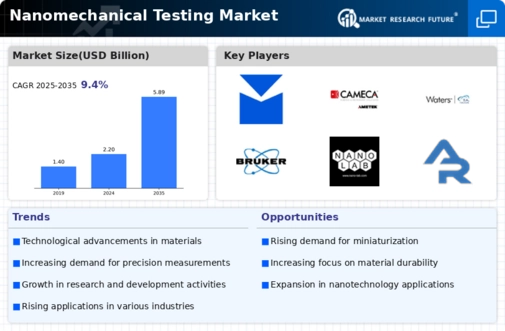
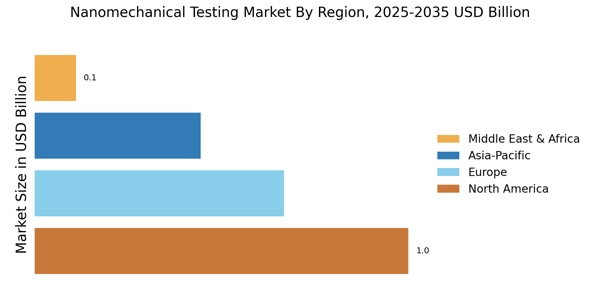
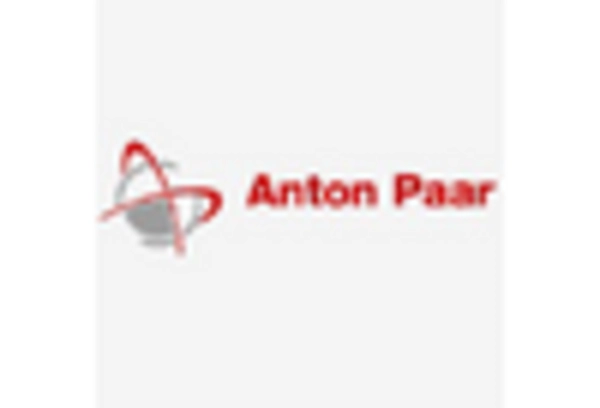
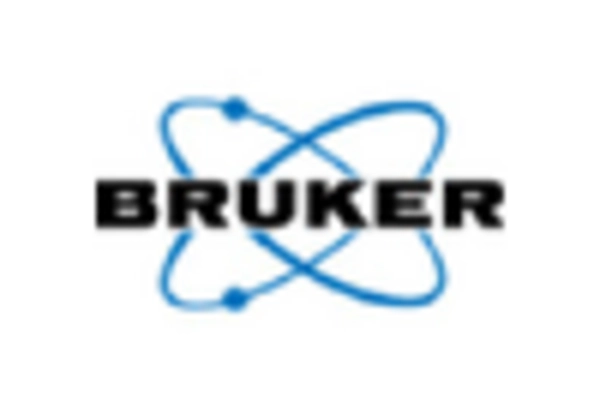
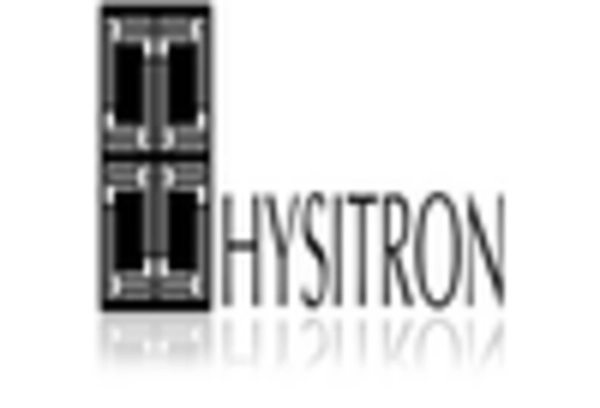
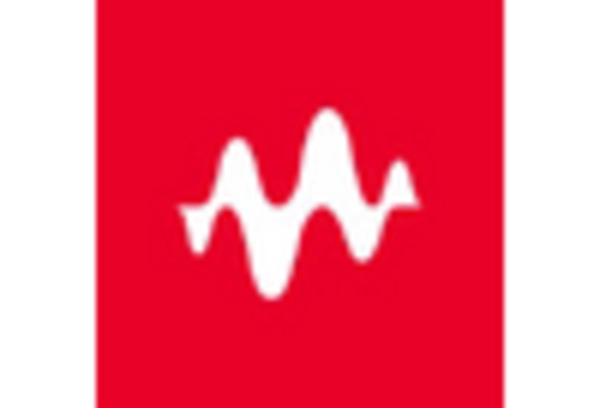
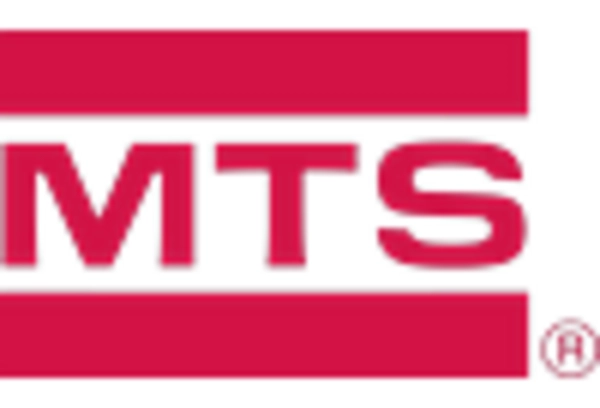
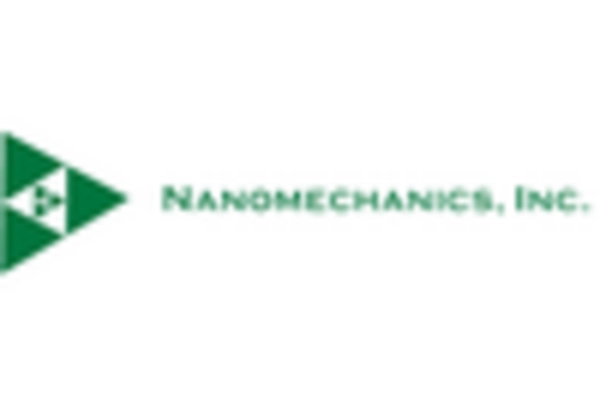








Leave a Comment